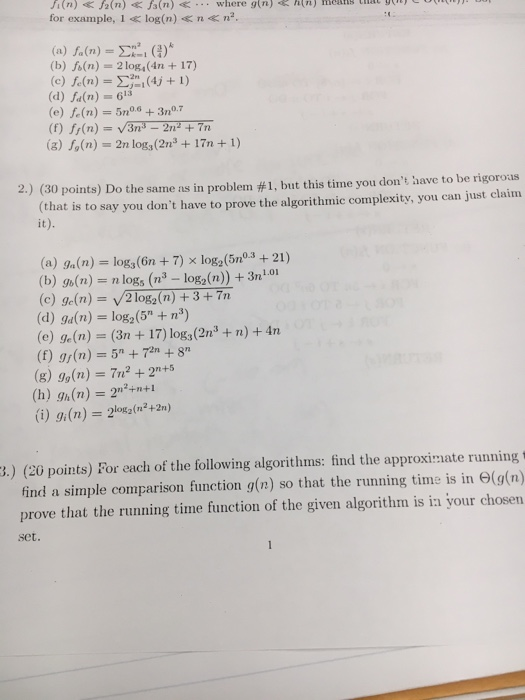Answered step by step
Verified Expert Solution
Question
1 Approved Answer
Question 2 Ji (n) fa(n) for example, 1 fan) log(n) where g(n) h(n) means that got n n2 (b) fs(n) 210B4(4m + 17) (c) fe(n)-
Question 2 

Step by Step Solution
There are 3 Steps involved in it
Step: 1

Get Instant Access to Expert-Tailored Solutions
See step-by-step solutions with expert insights and AI powered tools for academic success
Step: 2

Step: 3

Ace Your Homework with AI
Get the answers you need in no time with our AI-driven, step-by-step assistance
Get Started


